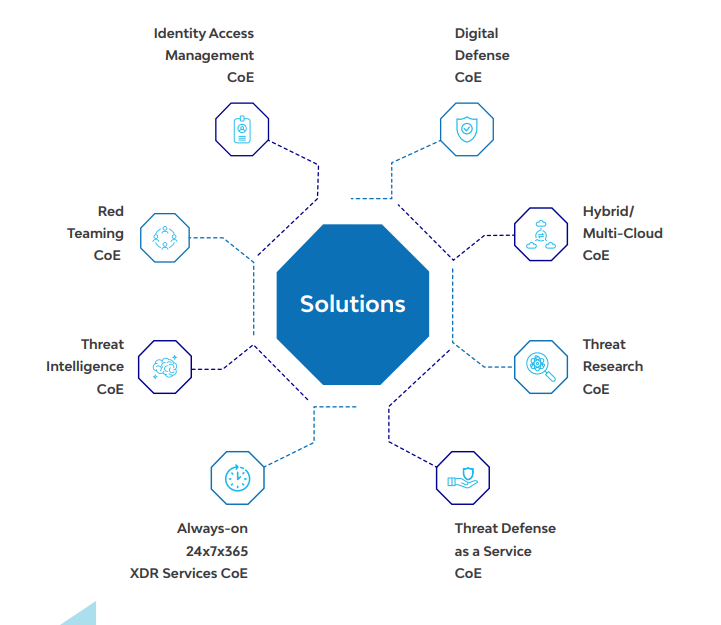Cyber Security
Cyber Security: Keep it basic. Keep it collaborative. Keep it strong
Cybersecurity is a complex and constantly changing world, riddled with risks. Suviksan Cyber Services helps you assess risk and proactively address all facets of your security environment, from threat intelligence, threat modeling, secure code review, penetration testing to compliance. We are relied on proven methodologies, more intelligent automation system, and industry-leading partners to offer enhanced security solutions to your unique business needs.
What is Cyber Security?
Cybersecurity protects data and the integrity of computing assets that belong to or connect to an organization’s network. Its purpose is to defend those assets against all threat actors throughout the lifecycle of a cyberattack.
What do we offer?
Suviksan introduces security and privacy considerations into all phases of the development process, helping developers create highly secure software, address security compliance requirements, and reduce development costs. Microsoft SDL guidance, best practices, tools, and processes are practices we use internally to create more secure products and services. Since we first shared them in 2008, we have updated the practices as a result of our growing experience with new scenarios, such as cloud, Internet of Things (IoT), and artificial intelligence (AI).
What is Secure SDLC practices?

Provide Training
Ensure everyone understands security best practices.

Define Security Requirements
Continually update security requirements to reflect changes in functionality and to the regulatory and threat landscape.

Define Metrics and Compliance Reporting
Identify the minimum acceptable levels of security quality and how engineering teams will be held accountable.

Perform Threat Modeling
Use threat modeling to identify security vulnerabilities, determine risk, and identify mitigations.

Establish Design Requirements
Define standard security features that all engineers should use.

Define and Use Cryptography Standards
Ensure the right cryptographic solutions are used to protect data.

Manage the Security Risk of Using Third-Party Components
Keep an inventory of third-party components and create a plan to evaluate reported vulnerabilities.

Use Approved Tools
Define and publish a list of approved tools and their associated security checks.

Perform Static Analysis Security Testing (SAST)
Analyze source code before compiling to validate the use of secure coding policies.

Perform Dynamic Analysis Security Testing (DAST)
Perform run-time verification of fully compiled software to test security of fully integrated and running code.

Perform Penetration Testing
Uncover potential vulnerabilities resulting from coding errors, system configuration faults, or other operational deployment weaknesses.

Establish a Standard Incident Response Process
Prepare an Incident Response Plan to address new threats that can emerge over time.


